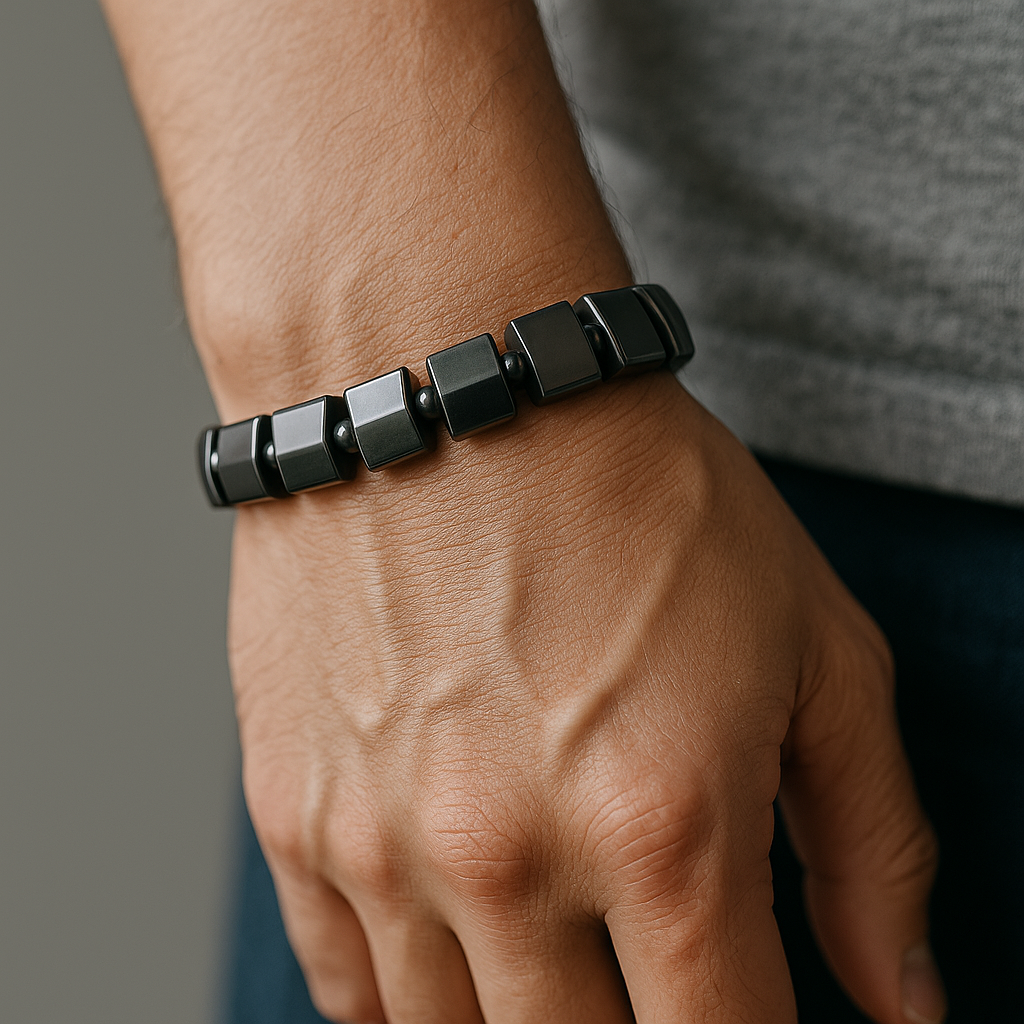Weight Loss Bracelets: Hype, Evidence, and Safer Alternatives
What These Bracelets Promise
Scroll long enough and you’ll see it – a bracelet that “boosts metabolism” and melts fat while you sit. Some push magnets, others crystals, some add acupressure talk. It sounds neat. It also sounds like magic. Honestly, that’s the point of the pitch. Public-health voices and fact-checkers have called these claims what they are: unproven.

What the Evidence Says
Consumer regulators say the quiet part out loud: “Nothing you can wear or apply to your skin will cause you to lose weight. Period.” That’s the US Federal Trade Commission’s language for a reason – metabolism happens inside you, not in a trinket on your wrist.
If you want a second check, the FTC’s “Gut Check” guide lists any promise of weight loss from a product worn on the body as a red flag. Bracelets – same verdict. Claims like that are considered false because there’s no plausible mechanism and no robust human trials to back them.
Magnets, Brain Stimulation – and the Confusion
A lot of marketing blurs lines between static magnets and research on medical-grade electromagnetic techniques. Static magnets (the kind in jewellery) show no convincing benefit even for pain, let alone fat loss, according to the US National Center for Complementary and Integrative Health. That matters — if magnets can’t reliably help pain when placed right on the sore spot, why would they shrink fat from your wrist?
You might have seen studies where non-invasive brain stimulation (rTMS or tDCS) altered appetite or weight under clinical supervision. That is an entirely different technology – targeted, regulated, delivered by clinicians to the brain with sham-controlled trials. It is not the same as wearing a magnetic bracelet. Possibly helpful in specialist settings? Maybe. A wearable shortcut? No.
Why the Hype Keeps Spreading
Health misinformation thrives where testimonials beat data. As science communicators have noted, if a simple bracelet truly worked, you’d hear it first from journals and regulators, not multi-level marketing posts. The “bracelet that balances energy” story has been debunked many times because it leans on buzzwords, not biology.
Risks You Should Know
Most bracelets are harmless fashion. But magnets can matter in the wrong place. Strong consumer magnets can interfere with implanted medical devices. The US FDA advises keeping magnetised gadgets at least six inches from pacemakers and defibrillators. Magnets are also an MRI problem – that scan room is a powerful magnetic field, and loose magnets or magnet-containing items are a safety risk. If you have an implant or you’re heading for an MRI, tell your clinician what you wear.
What Actually Helps with Weight
Bracelets sell you effort-free change. Real change needs… effort. The basics are dull, but they’re repeatable. Use them.
Behaviour you can start this week:
- Aim for 150 minutes of moderate activity or 75 minutes vigorous activity across the week.
- Add two strength sessions that hit major muscle groups.
- Sit less — break long sitting with a short walk or stair set.
Food choices that scale:
- Anchor each meal with protein and veg you’ll actually eat.
- Keep high-calorie snacks for planned times, not every evening.
- Track weekly averages, not daily swings — water lies, trends don’t.
Possibly you expected a clever hack. You got a plan instead. That’s better.

How to Spot Red Flags
Marketers know our weak spots — speed, ease, “natural”, “ancient”. Use a checklist.
| Be sceptical when you see | Be practical instead |
| “Clinically proven” with no link to a peer-reviewed trial. | Ask: What is the mechanism? If the answer is energy frequencies, pass. |
| Before/after photos with filters or different lighting. | Search: Is there a randomised controlled trial in humans? Not a testimonial thread. |
| Phrases like “targets armpit fat” – spot-reduction is not how fat loss works. | Check regulators and reputable charities before you spend. |
| “Results without diet or exercise” – a classic FTC red flag. |
What People Say Online
Anecdotes on Q&A forums vary – some swear by a bracelet, others call it a waste. Honestly, anecdotes are not data. They can be sincere and still be wrong. Placebo is real. So is the effect of walking more because a new purchase made you think about your health. Use stories as motivation if you like, not as proof.
My Take – Blunt, but Fair
Weight loss bracelets are theatre. They can remind you of a goal. They cannot do the work for you. If wearing one nudges you to move more, fine – treat it as a cue, not a cure. But don’t hand over cash for a promise that contradicts basic physiology and regulator guidance. Save your money for shoes you’ll walk in or food you’ll cook.
If you’re still tempted, test it like a scientist. Track four weeks without the bracelet, four weeks with it. Keep diet and activity steady. Measure waist and weight weekly. If nothing changes beyond noise, you have your answer. If something improves, check what else you changed – sleep, steps, snacks. Be honest with yourself.
The bottom line is simple: bracelets don’t burn fat – people do. Pick the habits you can keep. Build them one week at a time. If you fall off, start again tomorrow – not next month.
